Through the (Looking) Glass is a series of portraits of my neighbours, taken through their windows during Lockdown 2020. It is shot using slide film, on a Hasselblad camera, and I’m hoping to publish a book of the work.
I’ve lived on my street in SE London for 7 years, but I don’t know my neighbours. When Lockdown began, a note appeared through my door, with details of a Whatsapp group for the street. The idea was to support the more vulnerable; but this soon became a way of communicating in a more light hearted way; jigsaws were shared, seedlings given away, and knitting needles borrowed.
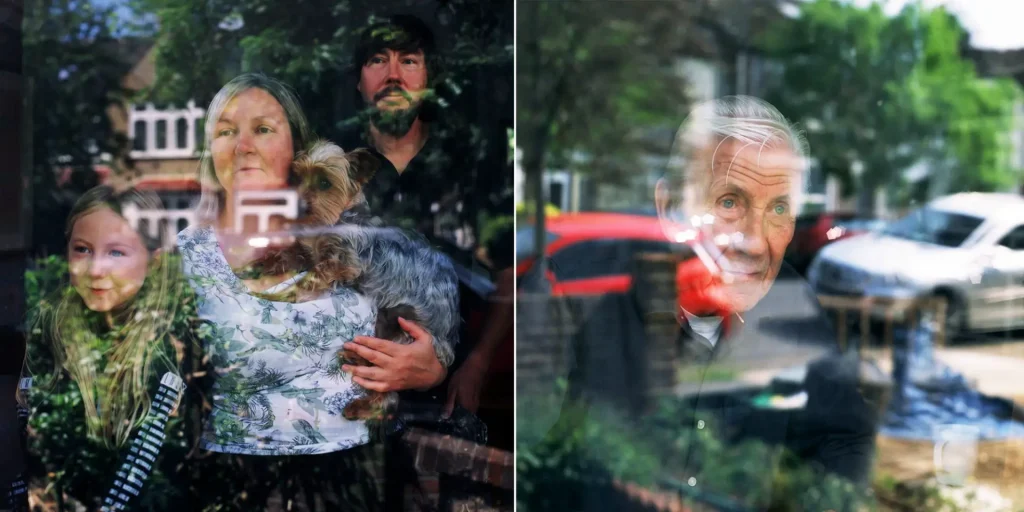
I began this project a week after Lockdown was announced in the UK, on 23 March. While walking down the street, I happened to see a neighbour in her front window. I stopped to chat and say Hello. While we talked, I watched the reflections of the street in her face; it was a beautiful metaphor for how we were all feeling; isolated, trapped in 4 walls, the outside world a mere reflection. The glass provided a barrier between us, and yet at the same time allowed us to communicate safely.
I used the Whatsapp group to see who would be keen on being photographed, and the response was overwhelming. Interested neighbours told others who weren’t on Whatsapp, and I put notes through doors. People were glad of a “date”; a reason to dress up, or be somewhere. For those who live alone I was welcome company for a short period.
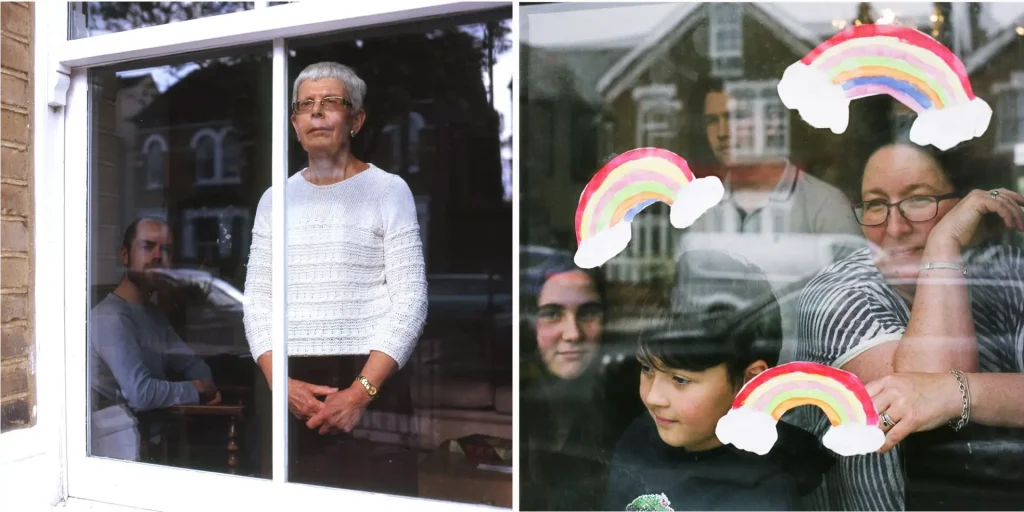
About the Process
My practice as a photographic artist is driven by the process. That is, the process of making the photographs is integral to the story I want to tell. The Bravest Little Street in England (2018) commemorated men who died in the First World War, by photographing contemporary men using the wet plate collodion method. Their image, exposed directly onto glass using a Victorian method, makes a comment about the fragility of life, as well as making the viewer think about the people effected by war. Similarly, in Through the (Looking) Glass, I wanted to choose a method for shooting these portraits which reflected the narrative, and the visual language of the window.
Slide film is wonderful as it produces such clear, bright colours. I happened to have some slide film lying around when I began this project, but didn’t fully realise how apt it was until I got my first rolls back. Looking at images shot on positive film is like looking through a window; a perfect compliment to the images I was taking. The squares the Hasselblad creates are also reminiscent of windows, especially when viewed as a grid.
Taking the photographs was challenging, particularly with bright sunlight and double glazing! The latter plays with the reflections in a way which makes focusing tricky; reflections were really important and I didn’t want to avoid them, but it’s the people that had to be the point of focus. The street runs East to West so each side has a sunny time, and I avoided this where possible, so that I didn’t have to expose for high contrast. Where this has been unavoidable the images are some of the more successful I think; I like the deep shadows obscuring the private space beyond the pane of glass.
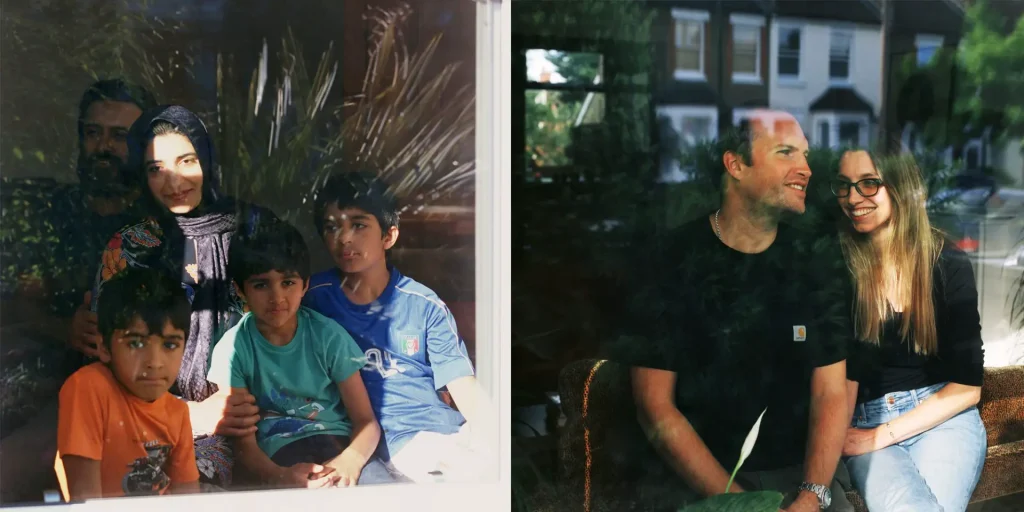
What’s next
This work has brought the community together. When I showed it at a mini street party recently, one gentleman thanked me for making this project, saying that the community which has arisen from it reminded him of his childhood in Battersea, where everyone knew one another. Another neighbour pointed out that, without these photos, these people wouldn’t be together.
In light of this, I am raising money via Kickstarter to publish the work in a book. It will be designed by a neighbour, James Alexander of Jade Design. Other neighbours are also involved; it’s a book for the community, by the community; and as such, it commemorates the community. In many ways, the COVID-19 pandemic has been very difficult, but the positive for me has been the return to old fashioned values where neighbourhoods and community are concerned. This book is important for the people who are in it; we were together and supported one another during this time which will go down in history. The book needs to exist in order to tell this story to future generations; this is what it was like living through the Coronovirus pandemic.
You can pledge to support the making of the book here. If you can’t pledge, please share to your networks!
Many thanks,
Carole Evans
www.caroleevans.co.uk
@_caroleevans_
Share this post:
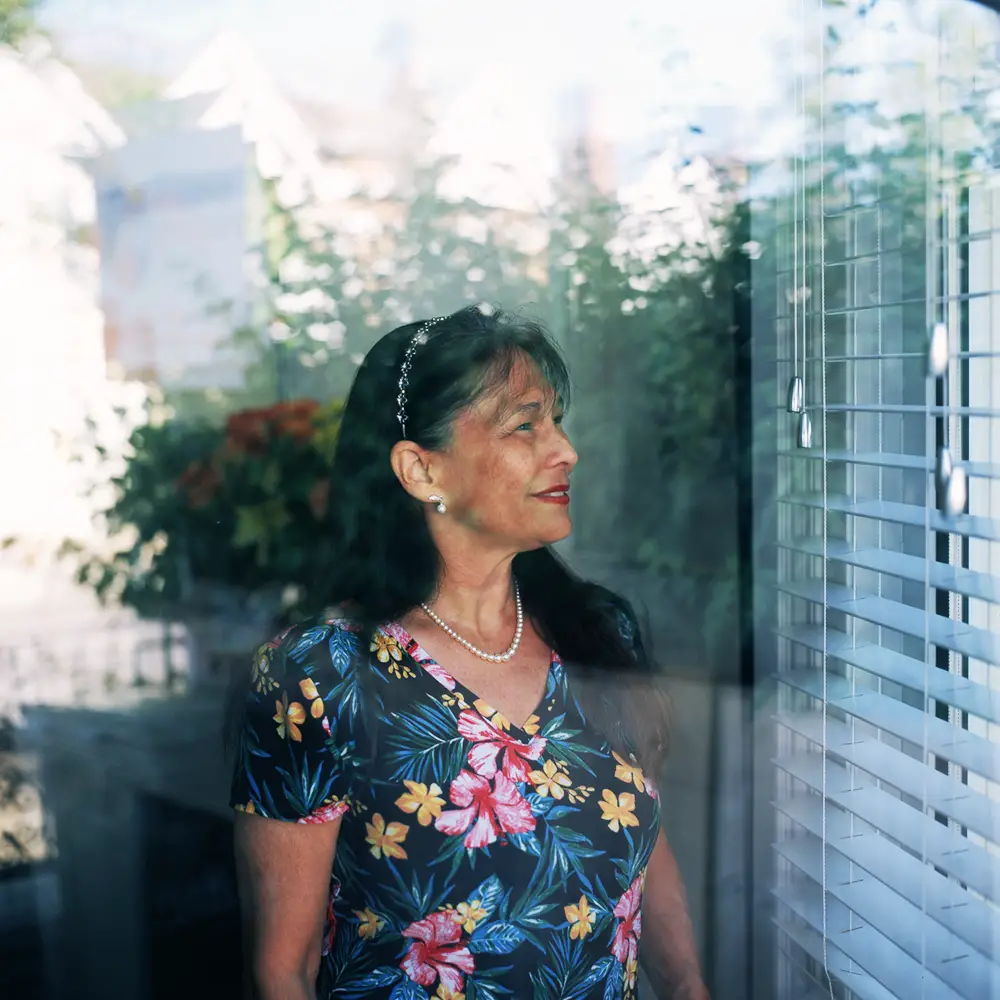


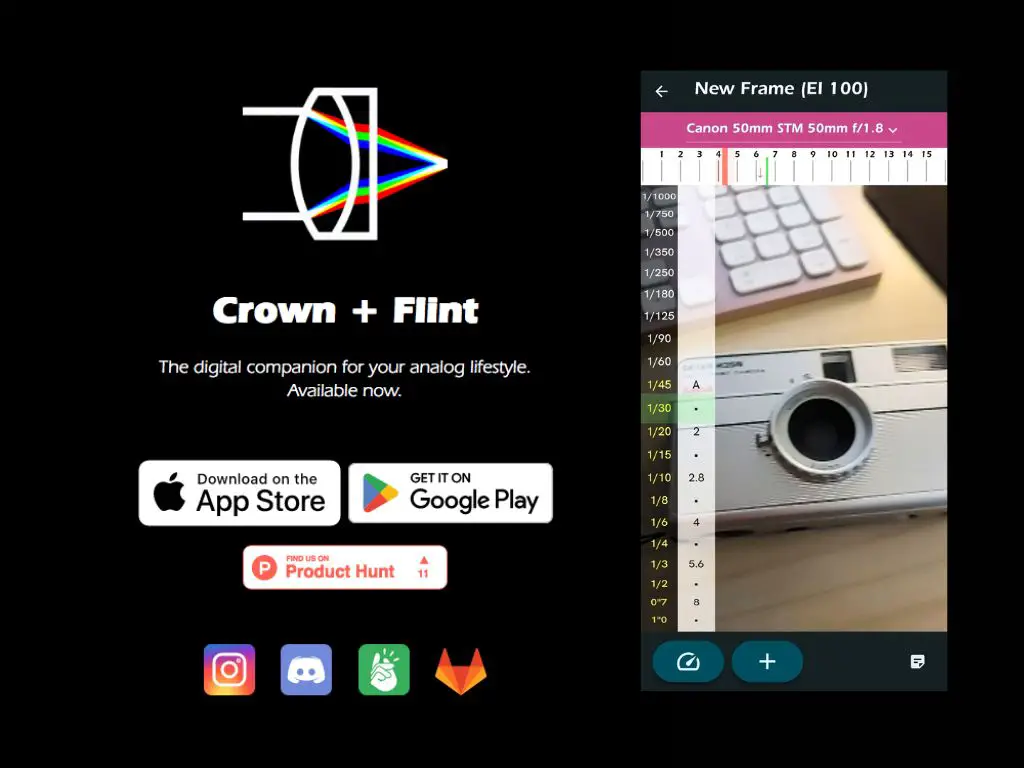
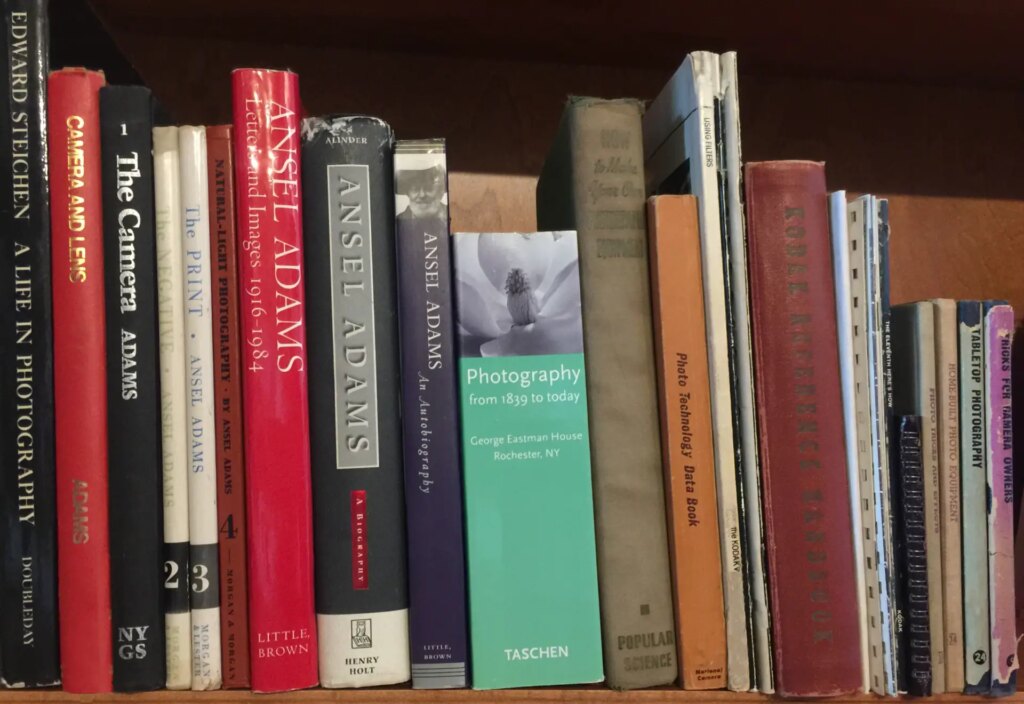




Comments
Peter in Seattle on Through the (Looking) Glass – Photographing Portraits in the time of COVID-19 – By Carole Evans
Comment posted: 22/09/2020
Gabriel on Through the (Looking) Glass – Photographing Portraits in the time of COVID-19 – By Carole Evans
Comment posted: 22/09/2020
Gil Aegerter on Through the (Looking) Glass – Photographing Portraits in the time of COVID-19 – By Carole Evans
Comment posted: 22/09/2020
Comment posted: 22/09/2020
Jack on Through the (Looking) Glass – Photographing Portraits in the time of COVID-19 – By Carole Evans
Comment posted: 22/09/2020
Octavia Vans on Through the (Looking) Glass – Photographing Portraits in the time of COVID-19 – By Carole Evans
Comment posted: 22/09/2020
Comment posted: 22/09/2020
Sroyon on Through the (Looking) Glass – Photographing Portraits in the time of COVID-19 – By Carole Evans
Comment posted: 23/09/2020
Aivaras on Through the (Looking) Glass – Photographing Portraits in the time of COVID-19 – By Carole Evans
Comment posted: 23/09/2020
David Hume on Through the (Looking) Glass – Photographing Portraits in the time of COVID-19 – By Carole Evans
Comment posted: 23/09/2020
Michael Godsall on Through the (Looking) Glass – Photographing Portraits in the time of COVID-19 – By Carole Evans
Comment posted: 22/10/2020